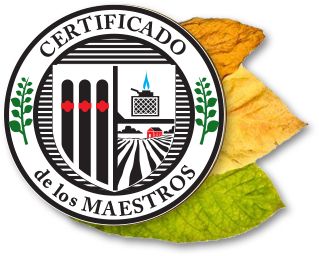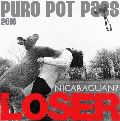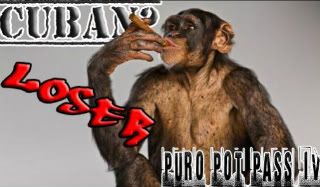

Originally Posted by
craig

All Cuban cigars are made by the same (government) company. (Crown Corporation in Canadian-speak.) Cohiba and then Trinidad get first pick of each year's tobacco crop. (Farmers all get paid the same price.) Only Cohiba gets a third fermentation (just the ligero, IIRC). Of course there is the blend. Does that add up to the price difference? Of course not.
According to Lew Rothman, a decent hand-rolled long-filler cigar costs about a dollar by the time it lands in Florida. The difference in cost from an Opus X to a Curly head is pennies on that dollar. The rest is marketing and profit and taxes. For example, a Padron 2000 is about $4 in a low/no tax state. Cigar retailers generally run on Keystone (100% gross) profit, so the wholesale cost is about $2. US federal tax is about $1, so Padron is getting about $1 for a 2000. Thus they are making very little on a 2000. For a $20 Padron Anny, Keystone grosses $10, fed tax is still around $1, so that's $9 to Padron. The cigar still costs around a dollar to make, so they're making about $8 a cigar instead of pennies. That Padron still makes 2000's (and doesn't charge more for them) tells you a lot about the way old man Padron does business. It also tells you a lot about how some other cigar companies do business.
Thanks for the info Craig!
I knew none of that about the Cuban cigars and little about the rest. It's good to know.
It matters not how strait the gate,
How charged with punishments the scroll.
I am the master of my fate:
I am the captain of my soul.
***William Ernest Henley***






 Reply With Quote
Reply With Quote











Bookmarks